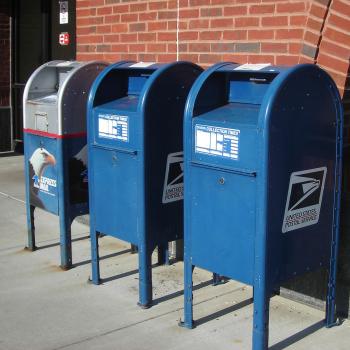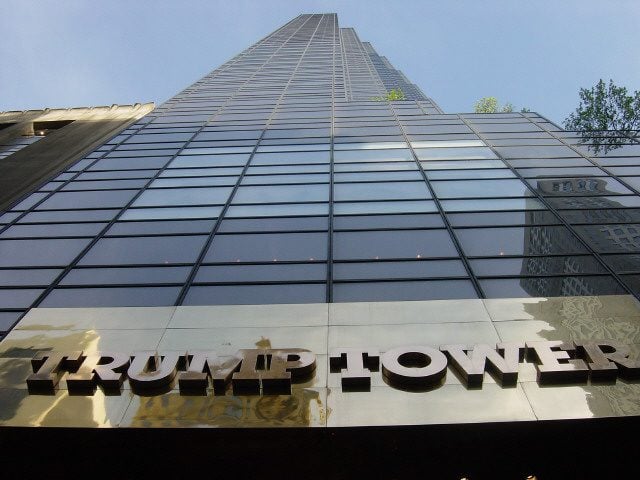Yeah, not an elegant post title, but if you were creating a political system from scratch, would you design a two-party system as it exists in the U.S. today?
Imagine that Donald Trump was not an uncouth promiser of war crimes, but instead had a coherent and reasonable policy platform that (a) inspired large swathes of the American public and (b) did not fit neatly, or even at all, into either party’s platform. Not hard to imagine, really, considering that there are far more than two potential ideologies; after all, as it is, in the GOP, pro-free enterprise sits in uneasy alliance with the crony capitalists, both supporting global trade, who make common cause with social conservatives and libertarians, defense hawks, and those who aren’t easily pigeon-hole-able but fear that too generous a welfare state will produce unintended consequences and weaken society rather than strengthening it. And the Democrats have as big a challenge pulling together activists who are primarily concerned about advancing the interests of their ethnic or other social group, union supporters, supporters of high social welfare spending, social liberals, environmentalists, protectionists, isolationists, and those who want to rein in business out of a basic distrust.
Trump is (if you believe him) a protectionist, a social conservative (or maybe not), a defender of big business, a supporter of The Little Guy. If it weren’t necessary, in our system, to make one’s way to the general election via the primaries, he wouldn’t. In many respects, he fits more with Ross Perot, except that, of course, Perot’s share of the vote was limited to 20% because, as a third-party candidate, he didn’t really have a chance. But this notion that Trump is destroying the Republican Party — it’s all a result of the fact that Trump doesn’t really belong in the Republican Party in the first place, but our political system forces him there.
What’s more, while I haven’t seen any polling that indicates what percentage of his votes come from non-Republicans, there are pieces that suggest that he is drawing from independents and Democrats: the fact that he does much better in open primaries than closed primaries/caucuses, the fact that he’s bringing substantially increased turnout, from folks who don’t typically vote in (GOP) primaries.
And the storyline could just as well be the opposite — there could just as easily have been a similar candidate making his way through the Democratic Party primaries and caucuses and rattling everyone. To a certain extent, that is happening, with Sanders, but he doesn’t disrupt the meaning of what a Democrat is in quite the same way as if he had more pronounced GOP-like positions than his support (which he’s now reinventing) of gun rights. If, for instance, he drew his crowds while preaching a (Ted Seeber!) message of extensive social supports AND pro-life-ism, that would be more disruptive of the system. As it is, Sanders just takes existing Democratic positions to their logical end.
Even so, the campaigns of Sanders and Clinton demonstrate that divisions in the Democratic Party. I didn’t watch the debate last night but read through the Jaltcoh live-blog and saw snippets and quotes elsewhere. Sanders managed (presumably unintentionally) to say that white Americans “don’t know what it’s like to be poor.” Clinton and Sanders both promised to end fracking (not so good for the workers employed in the industry), they spar over free trade and NAFTA and bailouts, and, though I don’t have a good sense of this, there certainly seems to be a significant degree to which the analysis of the two candidates presumes each has various demographic groups lined up in support of them, and angles to draw supporters on interest group at a time, rather than each tussling for support from Democrats in general.
And when you think about it: this constellation of issues that makes a Republican, a Republican and a Democrat, a Democrat, is not really that old. Was there really any reason why positions on abortion fell so uniformly into party lines? It seems to me that in the immediate aftermath of Roe v. Wade, this partisan alignment didn’t exist, and a number of Democrats were pro-life until it became untenable to hold this position in the Democratic Party.
And once this alignment was there, it was natural that the “sexual minority” interest groups would be a part of the Democratic coalition.
What’s more, it’s my understanding that in other countries, not only have issues around abortion been defused by legislative compromises, but the political parties do not require adherence to a party line in those votes, but explicitly declare that members of parliament may vote their consciences.
As to the parties’ stand on Civil Rights, as long as it was a matter of which party supported basic rights, in the 60s, the Republicans were the go-to party; only when the Democrats ultimately came around and the issues turned to matters of the extent to which the government should take an activist role (e.g., busing, affirmative action, etc.), did the Democratic Party become the party of and for minorities. (See “The Party of Civil Rights,” which turned up in a google search.)
Which means, in the end, for Donald Trump to be destroying the Republican Party, isn’t so much about Trump himself, or weaknesses of the GOP specifically, but the real and inherent weaknesses in the two-party system we have in the United States.












